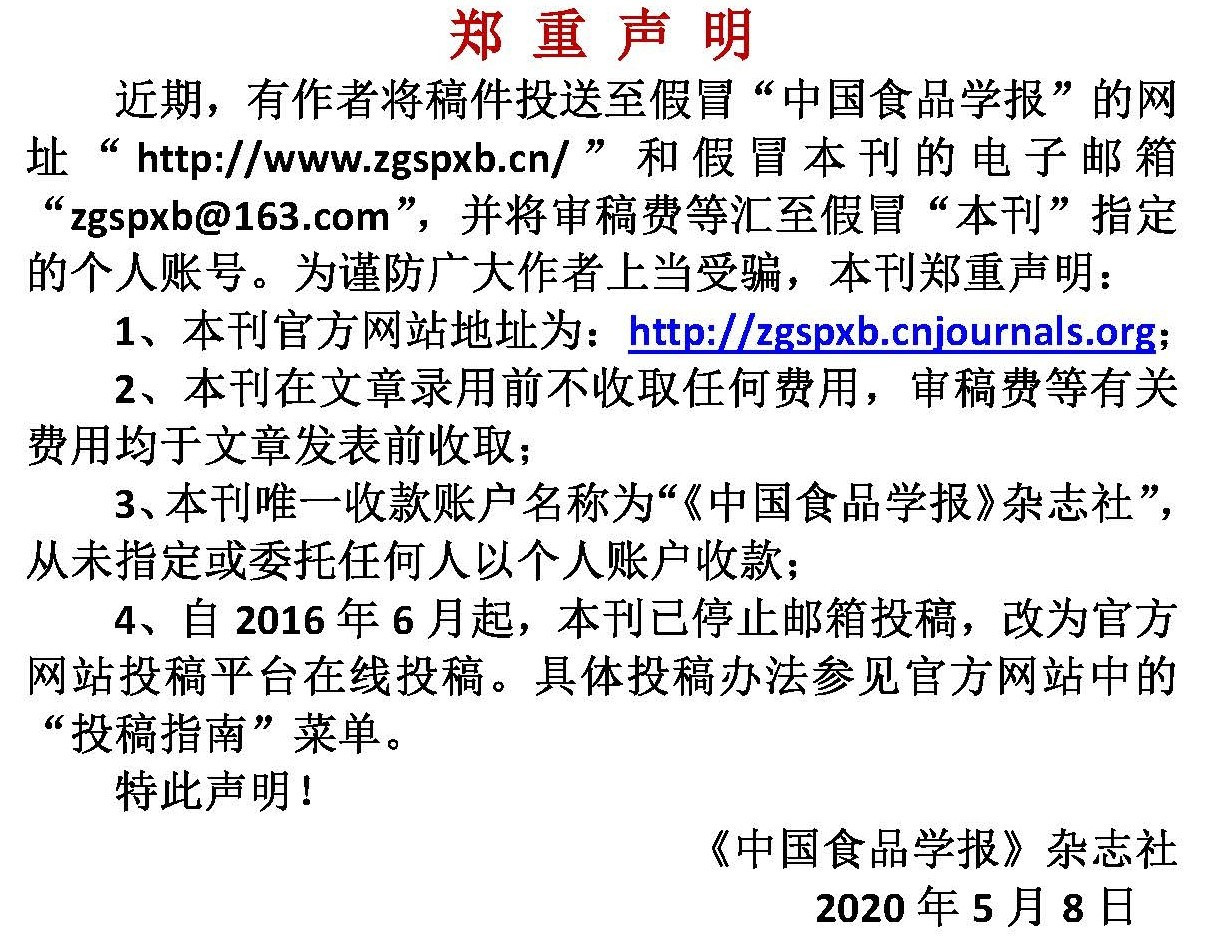植物基纳米纤维素在食品3D打印中的应用
作者:
作者单位:
(1.中国农业大学食品科学与营养工程学院 北京 100083;2.国家果蔬加工工程技术研究中心 北京 100193;3.农业农村部果蔬加工重点实验室 北京 100193)
作者简介:
通讯作者:
中图分类号:
基金项目:
国家自然科学基金面上项目(31871814)
Application of Plant-based Nanocellulose in Food 3D Printing
Author:
Affiliation:
(1.College of Food Science and Nutritional Engineering, China Agricultural University, Beijing 100083;2.National Engineering Research Center for Fruits and Vegetables Processing, Beijing 100193;3.Key Laboratory of Fruits and Vegetables Processing, Ministry of Agriculture and Rural Affairs, Beijing 100193)
Fund Project:
引用本文
徐博,马涛,户昕娜,卢舒瑜,宋弋.植物基纳米纤维素在食品3D打印中的应用[J].中国食品学报,2024,24(2):327-343
复制分享
文章指标
- 点击次数:
- 下载次数:
- HTML阅读次数:
历史
- 收稿日期:2023-02-12
- 最后修改日期:
- 录用日期:
- 在线发布日期: 2024-03-12
- 出版日期:
文章二维码

版权所有 :《中国食品学报》杂志社 京ICP备09084417号-4
地址 :北京市海淀区阜成路北三街8号9层 邮政编码 :100048
电话 :010-65223596 65265375 电子邮箱 :chinaspxb@vip.163.com
技术支持:北京勤云科技发展有限公司
地址 :北京市海淀区阜成路北三街8号9层 邮政编码 :100048
电话 :010-65223596 65265375 电子邮箱 :chinaspxb@vip.163.com
技术支持:北京勤云科技发展有限公司
